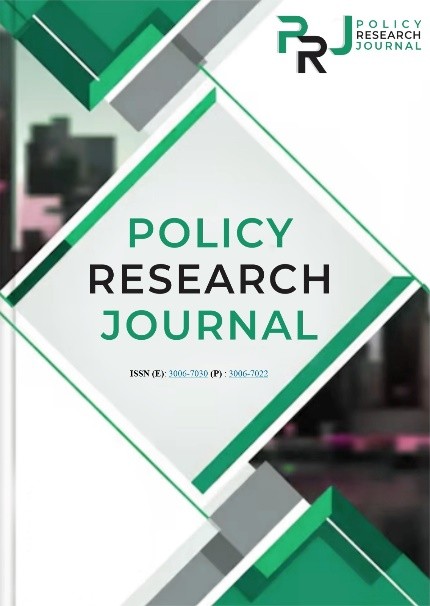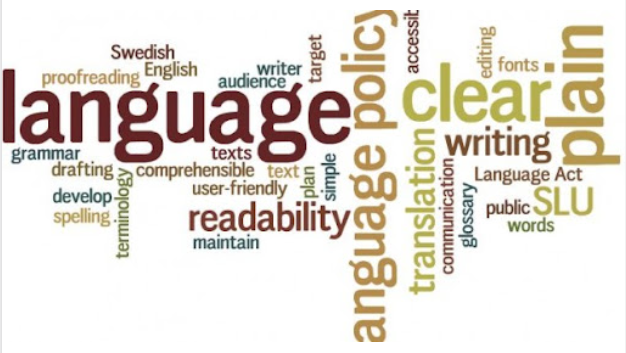AI-BASED ANALYSIS OF REASONS FOR ANXIETY IN OLDER ADULTS AGED 60–70 YEARS
Keywords:
AI in mental health, older adults, geriatric anxiety, natural language processing, machine learning, GAD-7, Random Forest, NLP, anxiety detection, elderly careAbstract
Despite the fact that anxiety among older adults aged 60–70 is a growing but under-recognized public health concern, it is frequently dismissed as a normal part of aging or masked by physical illness. Using artificial intelligence (AI): Natural Language Processing (NLP), Machine Learning (ML) model, this study analyzes the underlying concern for causing anxiety with this demographic via large scale multi-source data, ranging from clinical records and GAD-7 scores, to online forums and transcribed interviews. Using supervised learning and unsupervised clustering, the study finds that five dominant anxiety triggers are related to declining health, financial insecurity, loneliness and social isolation, fear of death or illness and loss of autonomy. Chronic illness mentions, social disconnection and a Random Forest model classified 91.3% of the tweets accurately, where these features were most predictive. Moreover, K-Means clustering also ascertained unique anxiety subtypes suggesting that older adults’ anxiety is not all encompassing but multifaceted. Overall, the findings highlight an opportunity for AI based tools to improve the diagnosis of geriatric mental health disorders, as well as create patient specific interventions. This study proposes a scalable, ethical and accurate early anxiety detection framework in the aging population through a combination of quantitative indicators and emotionally nuanced linguistic analysis.

















